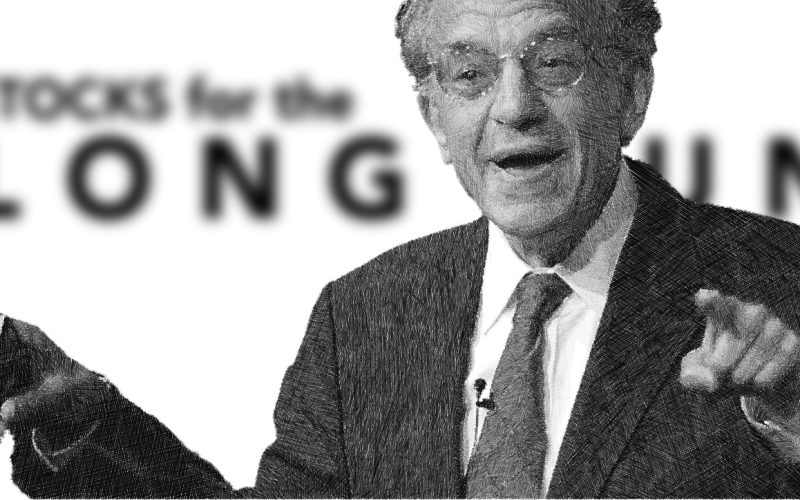by Professor Jeremy J. Siegel, Senior Economist to WisdomTree and Emeritus Professor of Finance at The Wharton School of the University of Pennsylvania
Here’s how I see it going into a critical data week: the inflation gauges landed precisely on expectations while an ugly July trade gap shaves some growth from Q3, and that combination keeps the Fed on a path to cut 25 basis points at the next meeting.
I rarely see seven data points print exactly as expected, but that’s what happened with personal income, personal spending, real spending, and the core and headline PCE measures, month-over-month and year-over-year—no surprises and virtually no revisions.
Markets focused on the PCE prints, but the real curveball was trade: the July deficit widened to roughly $104 billion versus expectations near $90 billion, a meaningful drag on third quarter GDP tracking. That likely knocks a couple of tenths off nowcasts that had crept toward the high-2s, depending on inventories. Nevertheless, I have rarely seen such a dispersion in third quarter estimates: Goldman in the mid 1s, JPM in the mid 2s, and the St. Louis Fed actually raising their estimate to the mid 3s! And we are more than two thirds through the quarter.
The jobs report this Friday now carries outsize weight. Claims have ticked up a touch yet remain well behaved, and a payroll gain around 60–70k would be soft but not weak. Given where expectations sit, I judge a 25-basis point cut as a near certainty. Chair Powell would not head into the quiet period with market odds so lopsided for a cut if he wanted to steer traders the other way. What could catalyze a 50-basis point cut? A genuinely negative payroll number paired with a notable rise in unemployment.
Importantly, any CPI/PPI noise that can be traced to tariff pass-through should be discounted; Powell all but told you that is not the inflation the Fed is focused on. The labor market trajectory—wage growth, diffusion, hours—is the lever that could swing the size of the move.
Earnings color remains mixed across retail, with several management teams nudging up the estimated tariff hit to margins—think 10–15% bigger impact than prior internal estimates—while others hold guidance. That uncertainty helps explain why small caps, despite getting a bid from lower yields, still face a “show-me” period on margins. I’m not convinced that we have a durable rotation yet; the burden of proof sits with tariff-exposed sectors and lower-quality balance sheets. On the mega-cap side, AI demand is normalizing from blistering to merely outstanding. Net-net, the equity uptrend remains intact.
There’s chatter whether higher long yields abroad will drag ours higher. Yes, higher yields may pressure stocks in the short run but I believe cross-border yield differentials arbitrage more through FX, and Europe and Japan face idiosyncratic pressures—bigger near-term fiscal and spending expansion, demographic headwinds, and, in some cases, more aggressive cuts at the short end of the curve already. The U.S. does not share those particulars. Here at home, the long bond still offers attractive hedging characteristics if growth decelerates; that’s why duration has a bid as insurance against a sharper labor market downshift, a risk both Waller and Powell acknowledged as plausible. Fear of tariff-induced weakness, not yields, will be a major factor in September equity pricing.
Investors should also keep perspective on the central bank personnel noise. Lisa Cook was not a swing voice on policy, and markets treated the headline accordingly—but the institution’s mandate and its relationship to fiscal dynamics matter. We had a more serious compromise of Fed independence during the spending surge in Biden’s term when the Fed effectively monetized a large deficit, fueling money supply growth and inflation. Today the money-supply picture is far less expansionary, inflation is trending in the right direction, and that gives the Fed room to begin easing.
Copyright © WisdomTree














